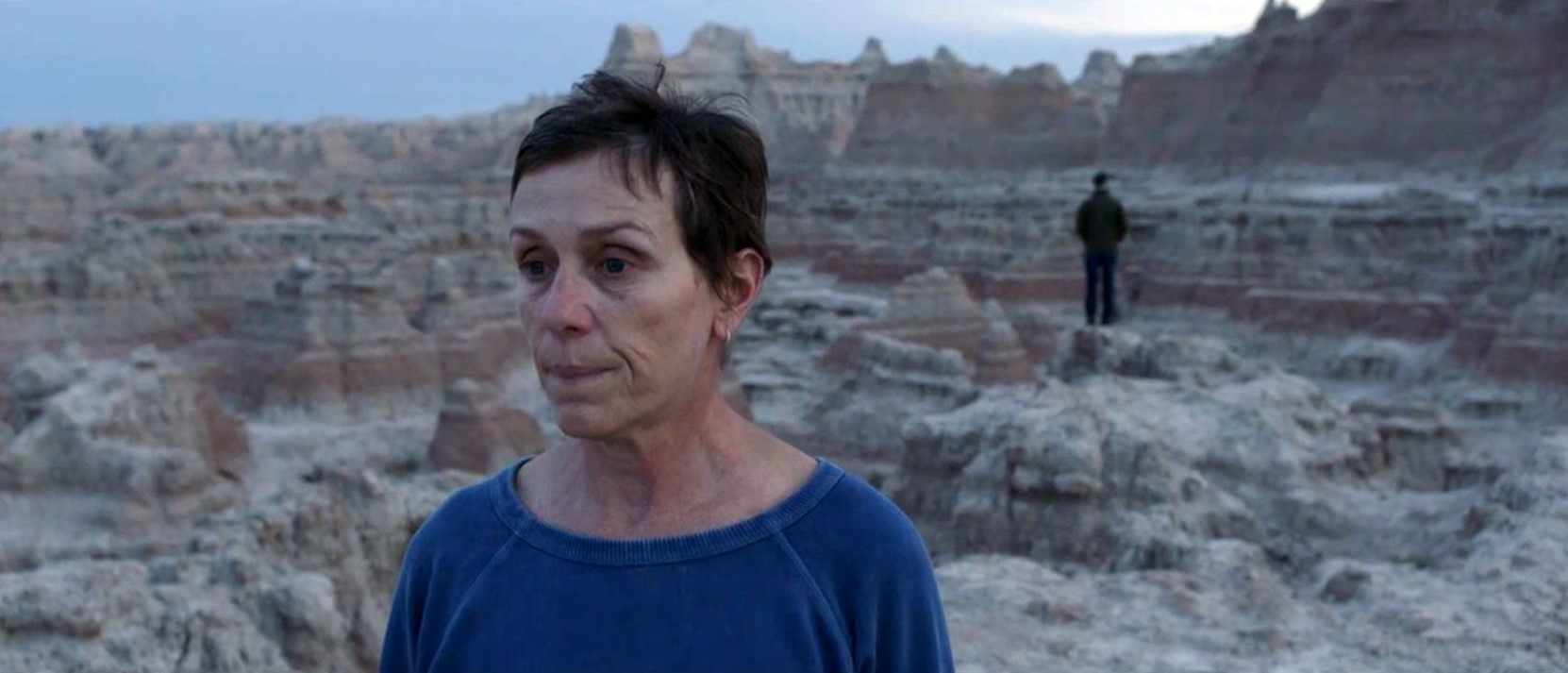Starting in the 1950s when widescreen was invented and continuing right up until present day, these films show the diversity of widescreen cinema, spanning an impressive range of genres, directors and subject matter.
Widescreen cinema in the 1950s
Sleeping Beauty
(Dir. Les Clark, Eric Larson, Wolfgang Reitherman & Clyde Geronimi, 1959)
As one of the most beautifully animated films ever drawn, Sleeping Beauty stands out as one of the few Disney features to screen in 70mm, making for a brilliantly detailed (and incredibly wide) classic.
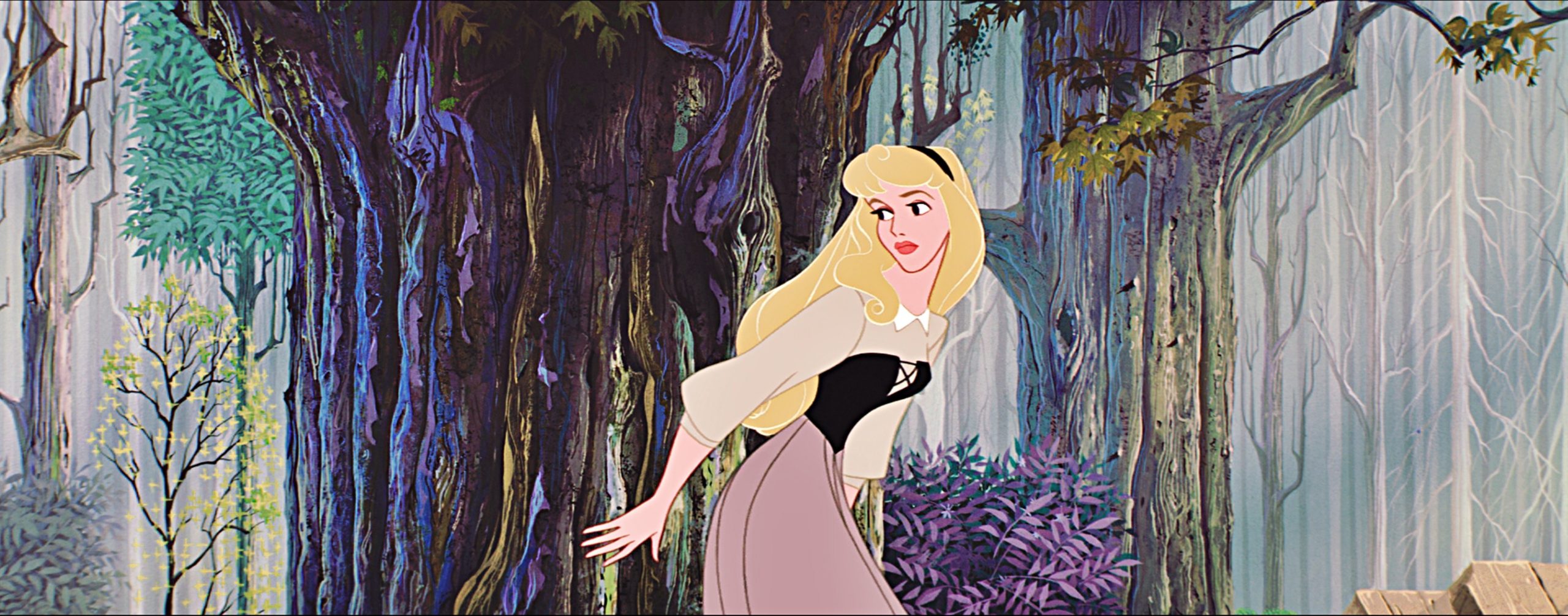
Vertigo
(Dir. Alfred Hitchcock, 1958)
King of suspense Alfred Hitchcock uses the widescreen format to highlight the backdrop of the city, making it an additional character in the film. What’s more stunning than 1950’s San Francisco?
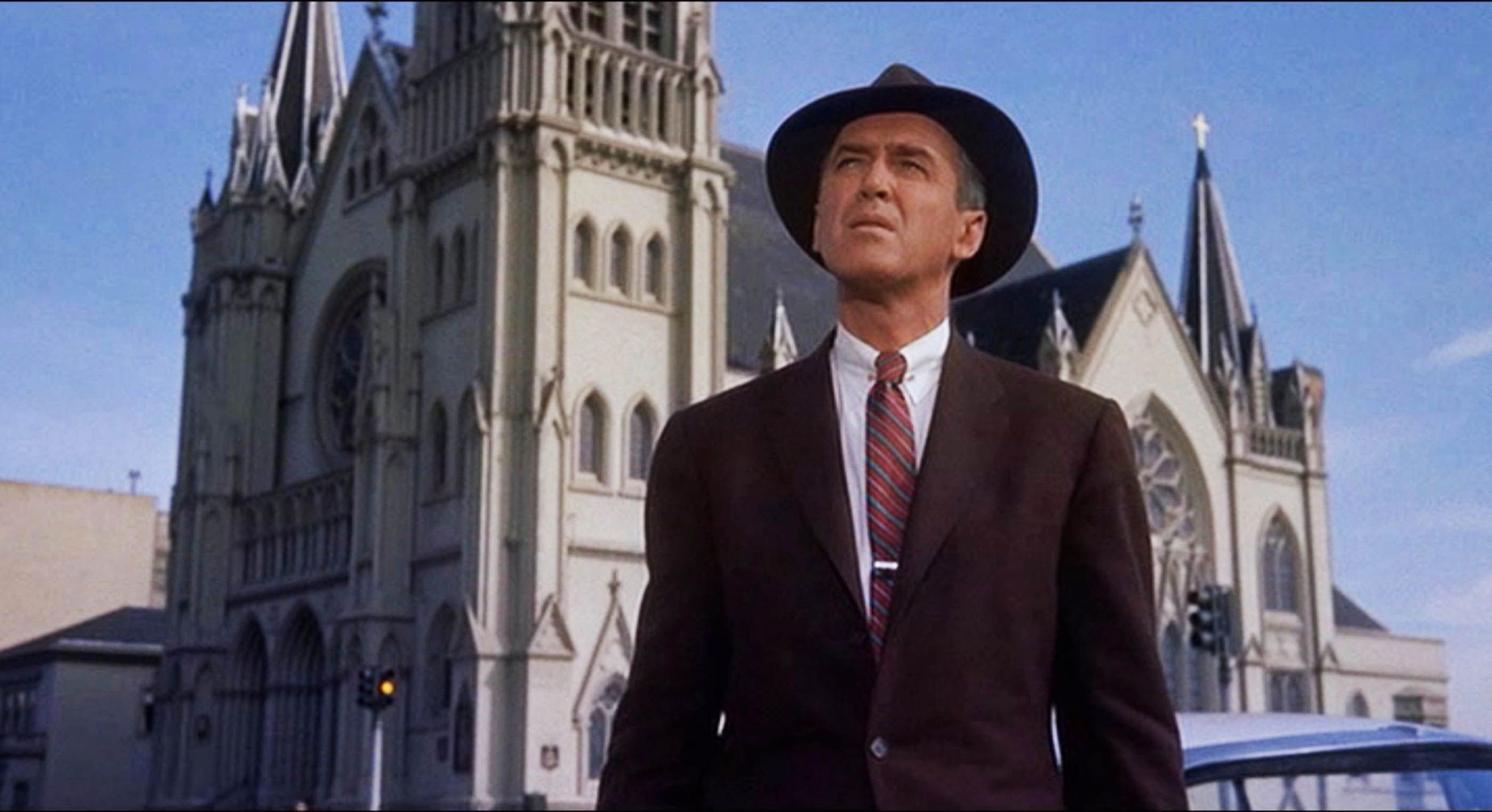
1960s
2001: A Space Odyssey
(Dir. Stanley Kubrick, 1968)
A film best seen on 70mm, which showcases the pioneering visual effects perfectly. Through framing, colour and movement, Kubrick tells an almost entirely visual story (with nearly 88 dialogue-free minutes of film).
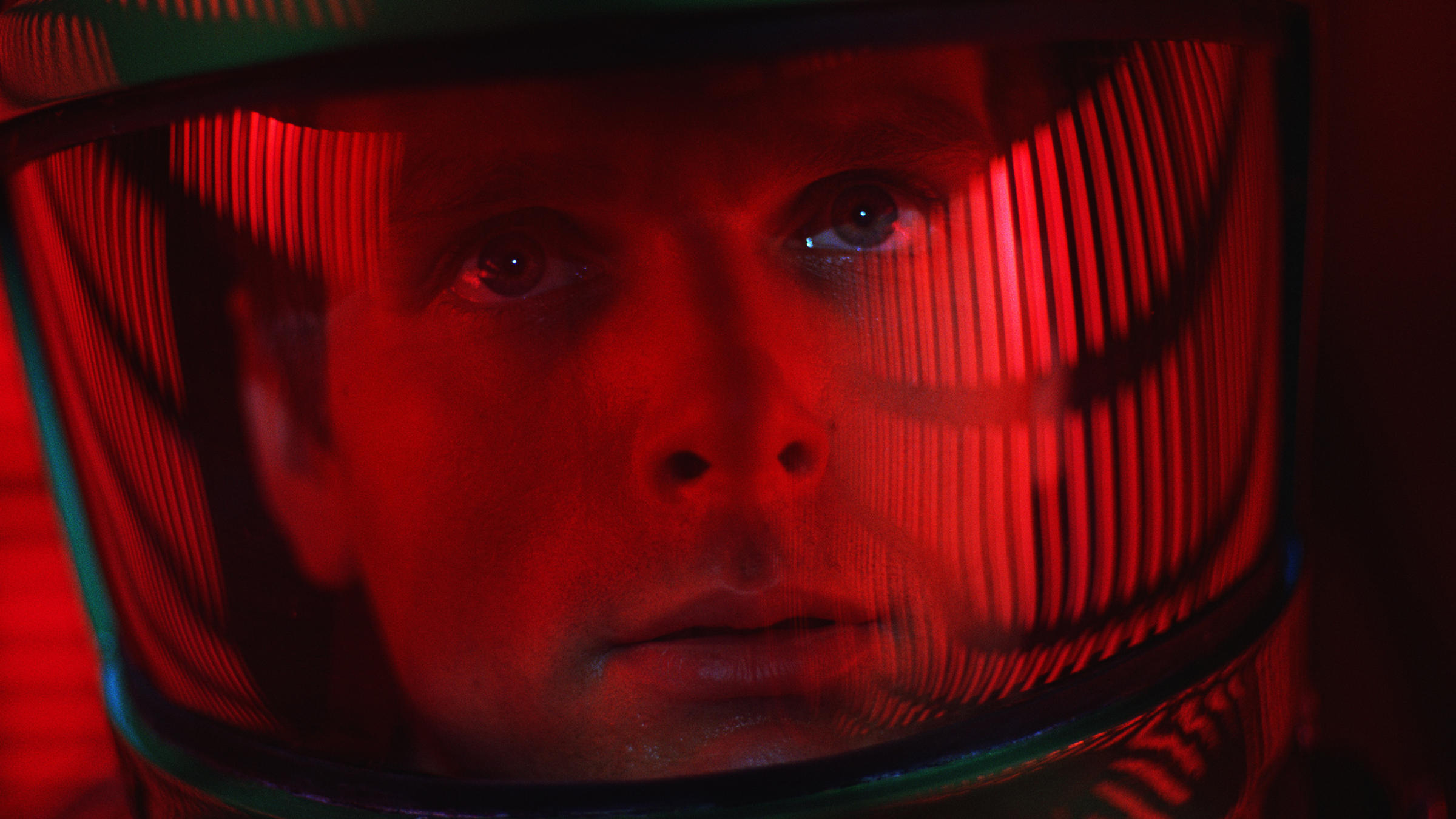
West Side Story
(Dir. Robert Wise, Jerome Robbins, 1961)
Widescreen is perfect for musicals, and nothing is more spectacular than the scenes in West Side Story. Beginning with the bird’s eye view of New York and moving into some electric dance scenes, this film is one to be enjoyed on the big screen.

1970s
Alien
(Dir. Ridley Scott, 1979)
The widescreen cinematography of Alien emphasises the isolated corridors and eerie atmosphere of the Nostromo perfectly, with the Xenomorph’s prey as small and vulnerable figures within the frame.
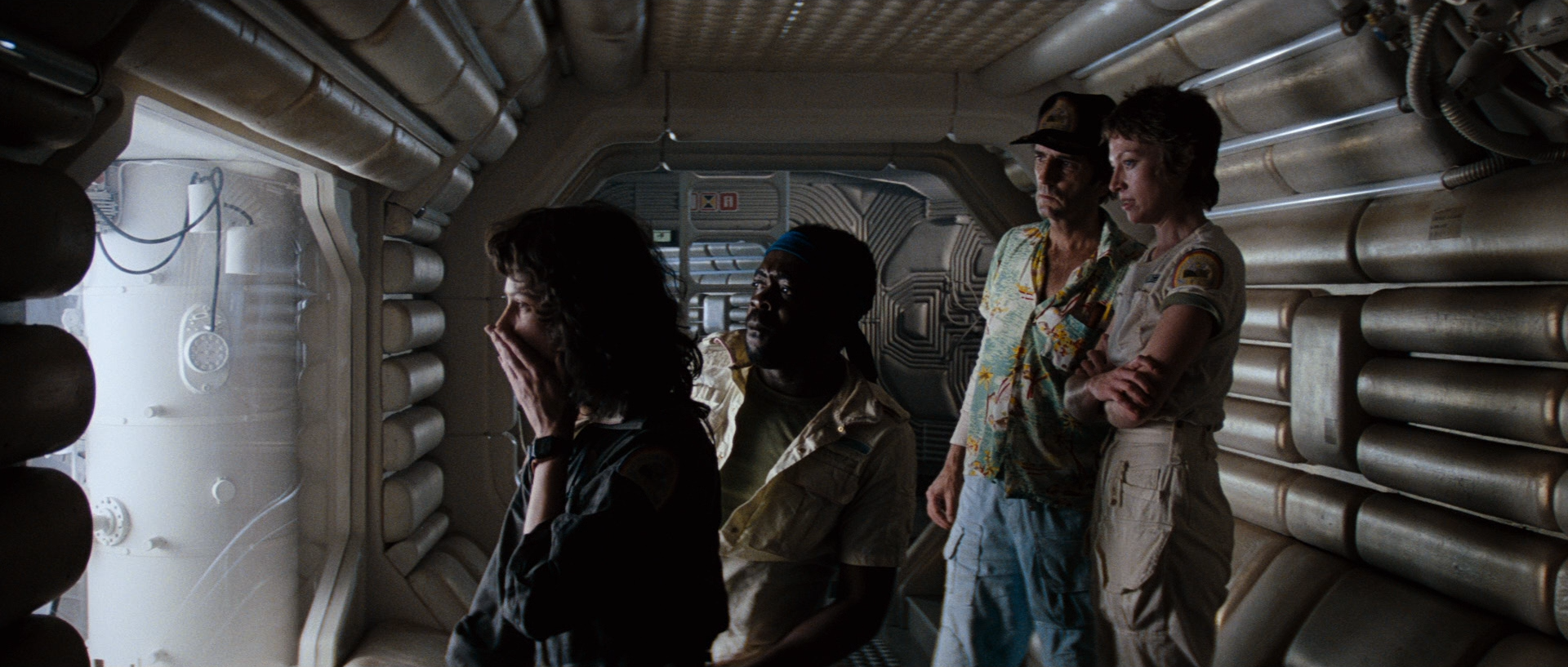
Jaws
(Dir. Steven Spielberg, 1975)
Although he was relatively unknown at the time, Spielberg’s skilful use of the widescreen format catapulted him to stardom. The approach means the body of water is always vast and there’s a continuous suspense of not knowing what will appear.

1980s
Labyrinth
(Dir. Jim Henson, 1986)
A wonderful showcase of Jim Henson’s legendary practical effects and puppetry, the creatures and passageways of the labyrinth are brought to life with an impressive scale on the widescreen.
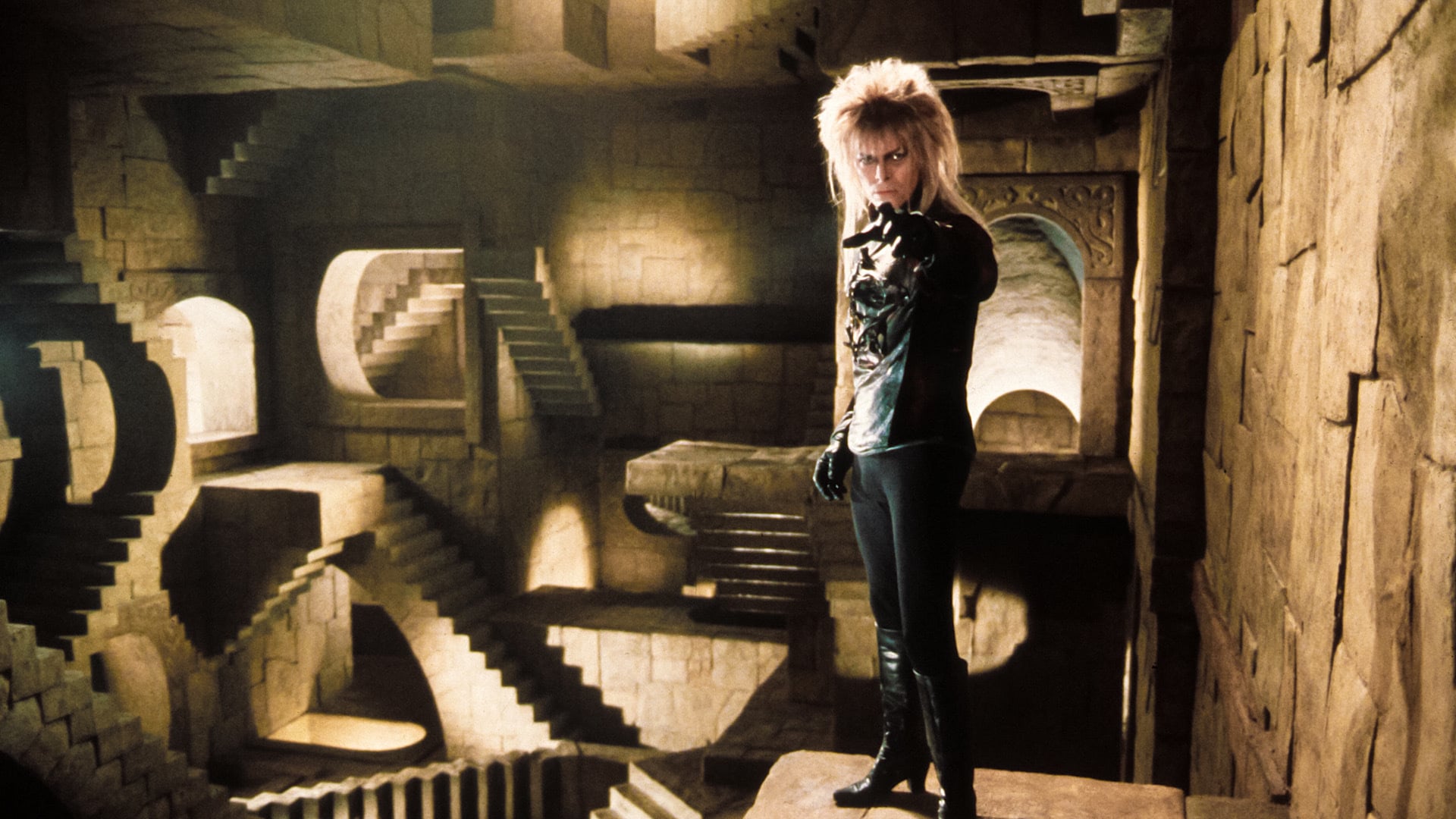
Indiana Jones and the Raiders of the Lost Ark
(Dir. Steven Spielberg, 1981)
Another genre made for widescreen cinema is action-adventure, and what’s more memorable than Indiana Jones. Here, the widescreen cinematography puts the viewer front and centre of the action as you run with Indy through caves and accompany him on high-speed chases.

1990s
Romeo + Juliet
(Dir. Baz Luhrmann, 1996)
Using a frenzied and erratic neon-disco aesthetic, Baz Luhrmann set out to create a unique retelling of the world’s most famous play. The result is an intoxicating blend of the intimate and extreme—glorious in motion.

Pulp Fiction
(Dir. Quentin Tarantino, 1994)
Quentin Tarantino is a director that’s loyal to widescreen and is inspired by other classic widescreen films and genres. You can see this in all his work, but Pulp Fiction is on another level. The framing of each scene is impeccable, meaning that some scenes are just as memorable as the dialogue.

2000s
There Will Be Blood
(Dir. Paul Thomas Anderson, 2007)
The gritty, scorched earth of turn-of-the-century California sets the scene for a story about greed, religion and oil. The wide frame supports the ‘natural’ look sought for the film, presenting scenes in a sincere and unforgiving light.
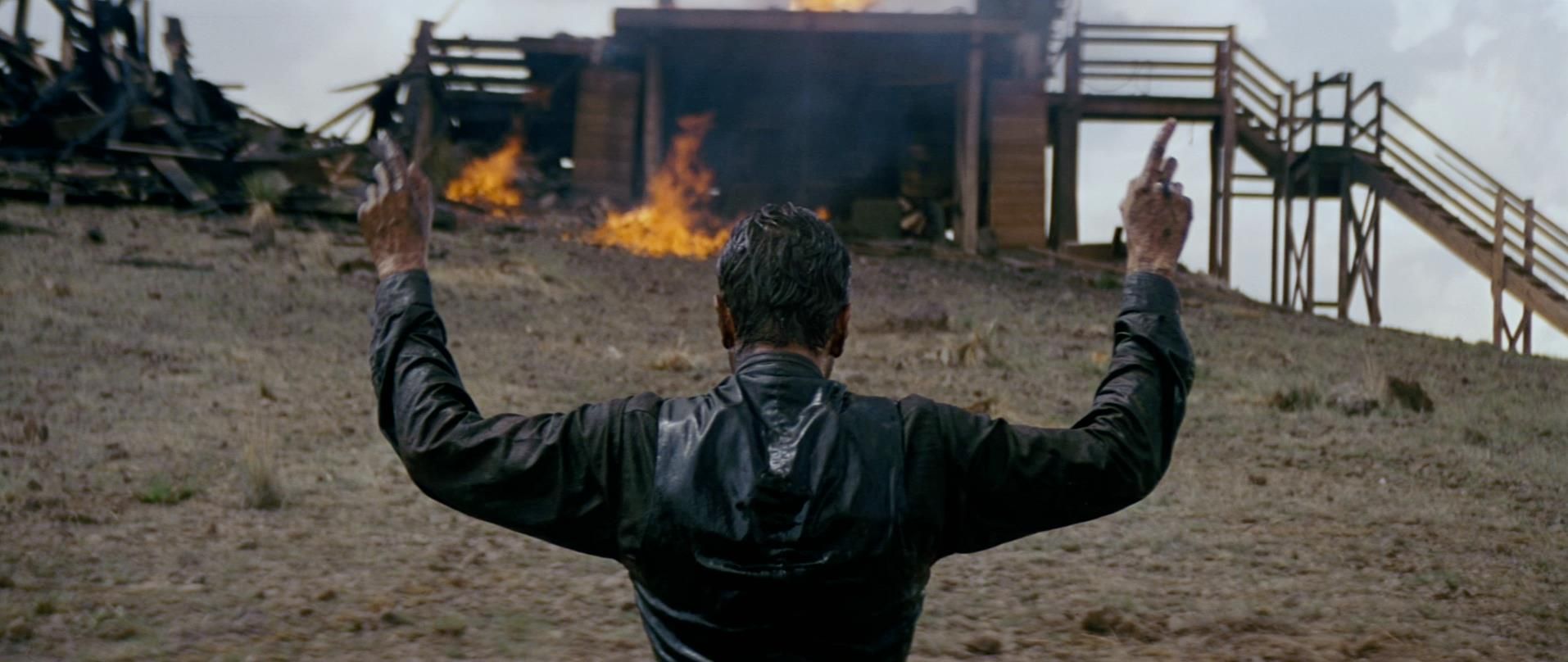
Little Miss Sunshine
(Dir. Jonathan Dayton, Valerie Faris, 2006)
A family road-trip makes ideal subject matter for a widescreen film, and here it’s combined with California landscapes and a bright yellow VW van. With such great scenery it would be easy for the widescreen format to focus just on these shots, but the husband-and-wife directing duo made use of every single shot.
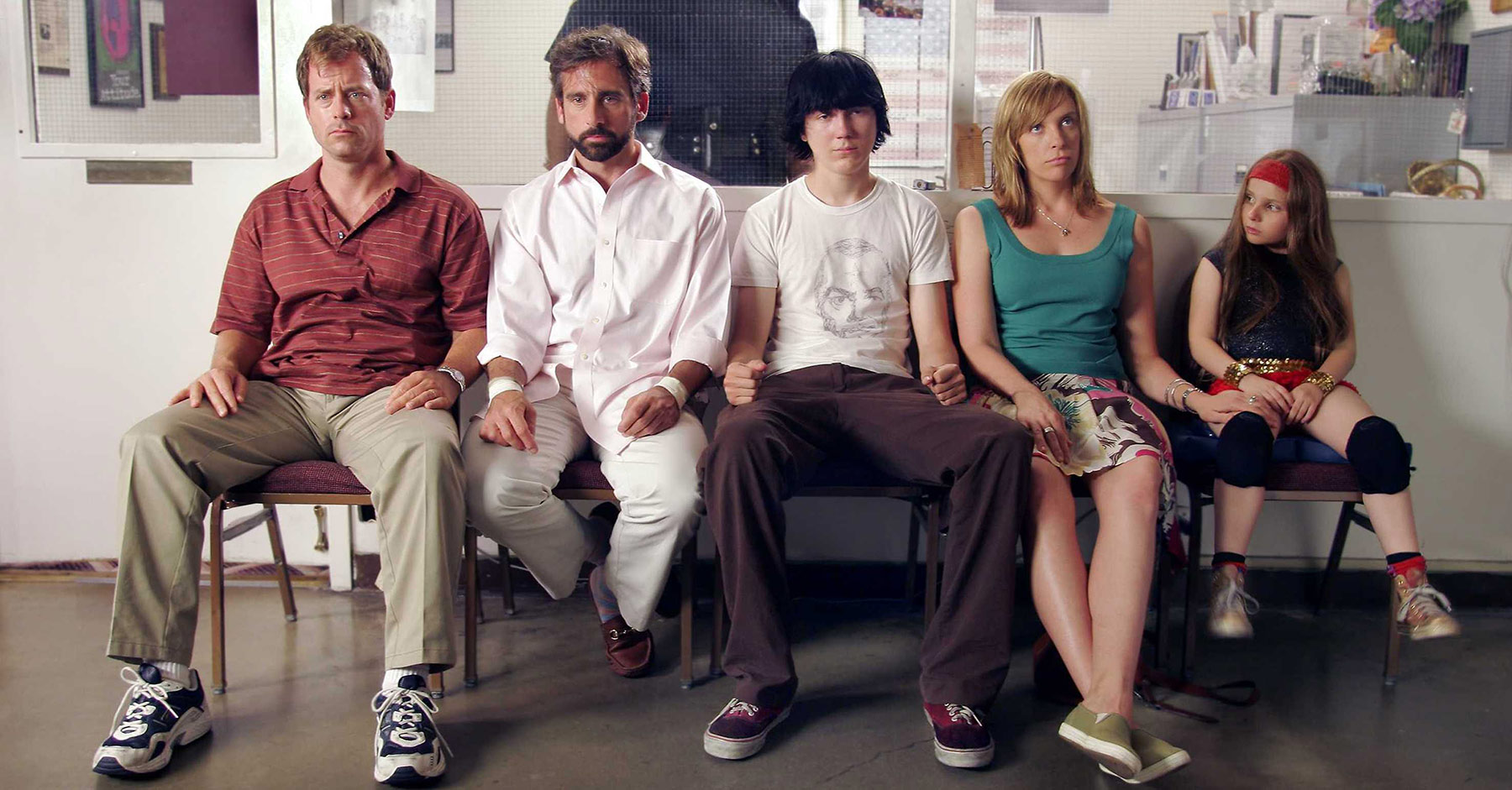
2010s
Roma
(Dir. Alfonso Cuarón, 2018)
Exquisitely choreographed tracking shots and single-camera scenes allows Cuarón’s deeply personal narrative to play out within the frame, paired with some of the best monochrome lighting you may ever see.
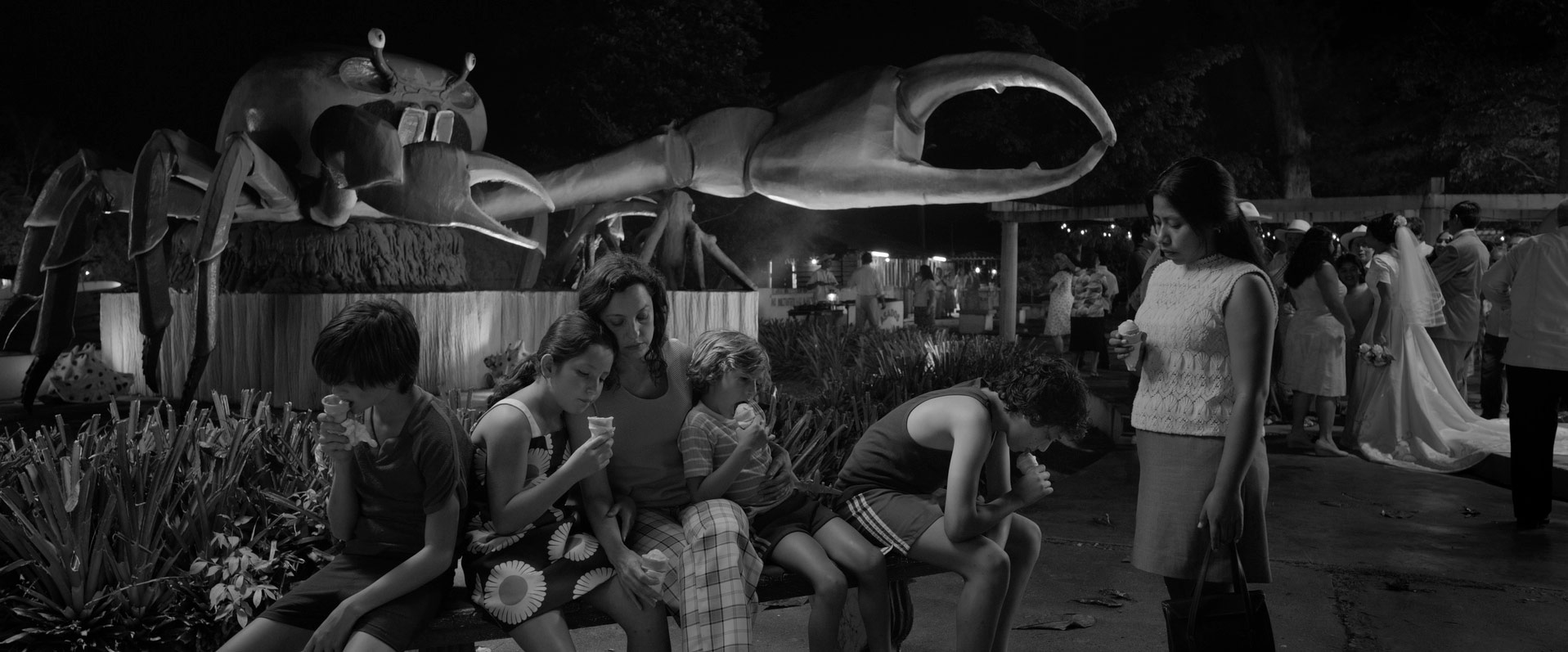
Moana
(Dir. Ron Clements, John Musker, Don Hall, 2016)
As with Sleeping Beauty, animation sparkles in widescreen. Moana’s breathtaking visuals of islands, oceans and beaches completely immerse you in the story. Every inch of the film is beautiful to look at.

2020s
Palm Springs
(Dir. Max Barbakow, 2020)
Rom-coms aren’t renowned for their cinematic qualities, but this one stands out. Staging its charming Groundhog Day-esque tale in the middle of the suburban desert environment with playful and comedic cinematography.
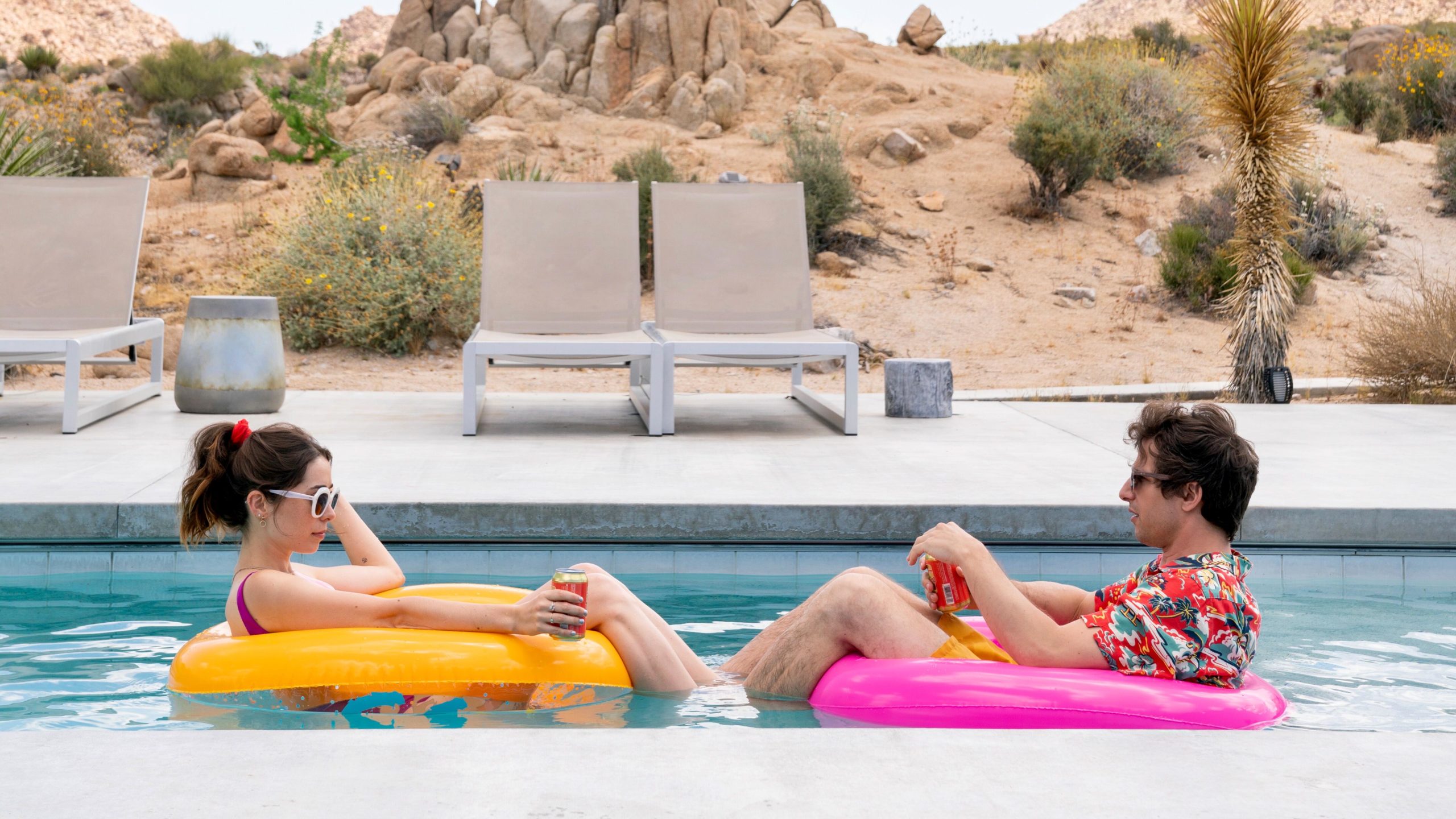
Nomadland
(Dir. Chloé Zhao, 2020)
Life on the road has never been captured so affectionately. Here, the vast, open landscapes reflect the main character’s moods as we move from feeling lonely to feeling small and to feeling free.
